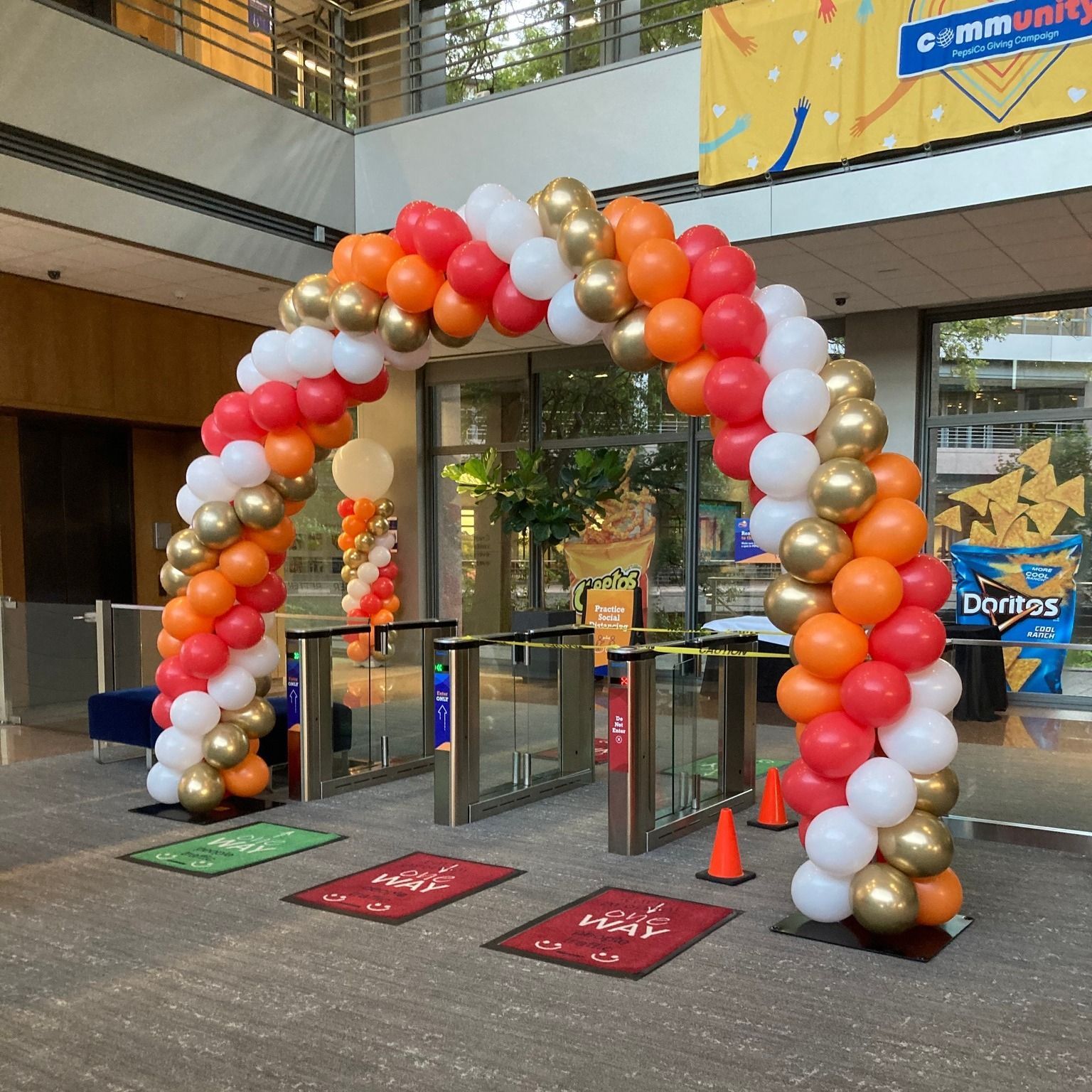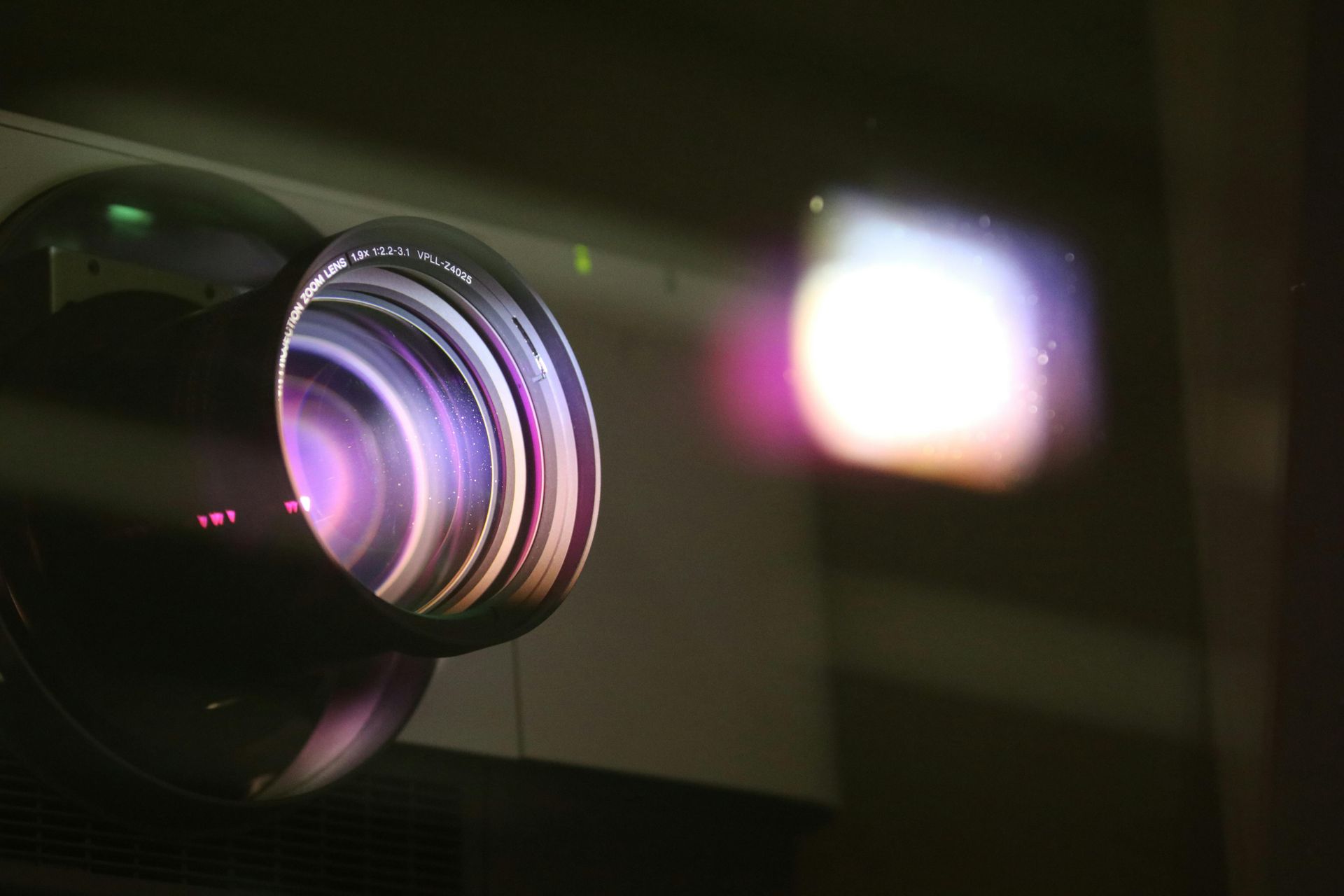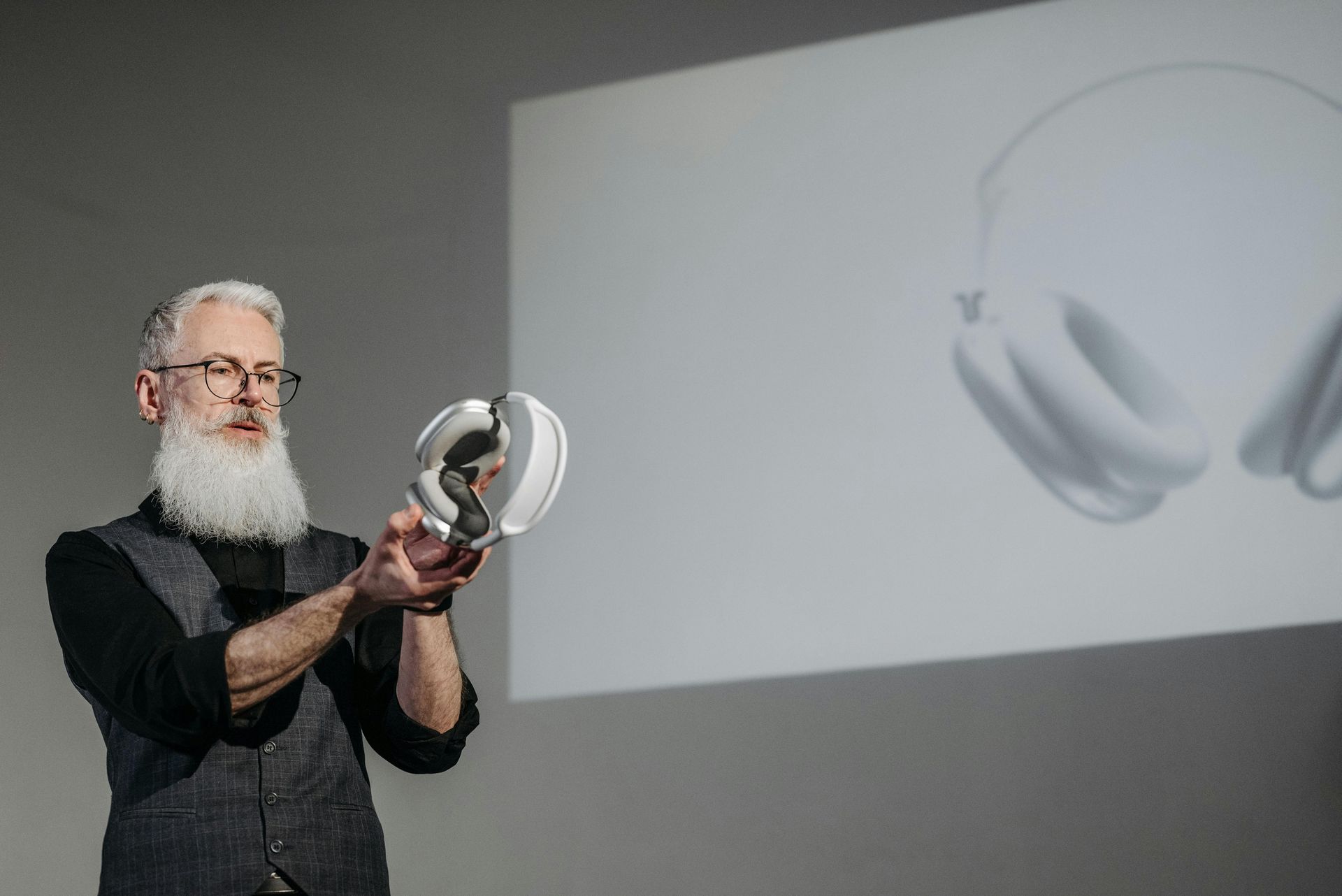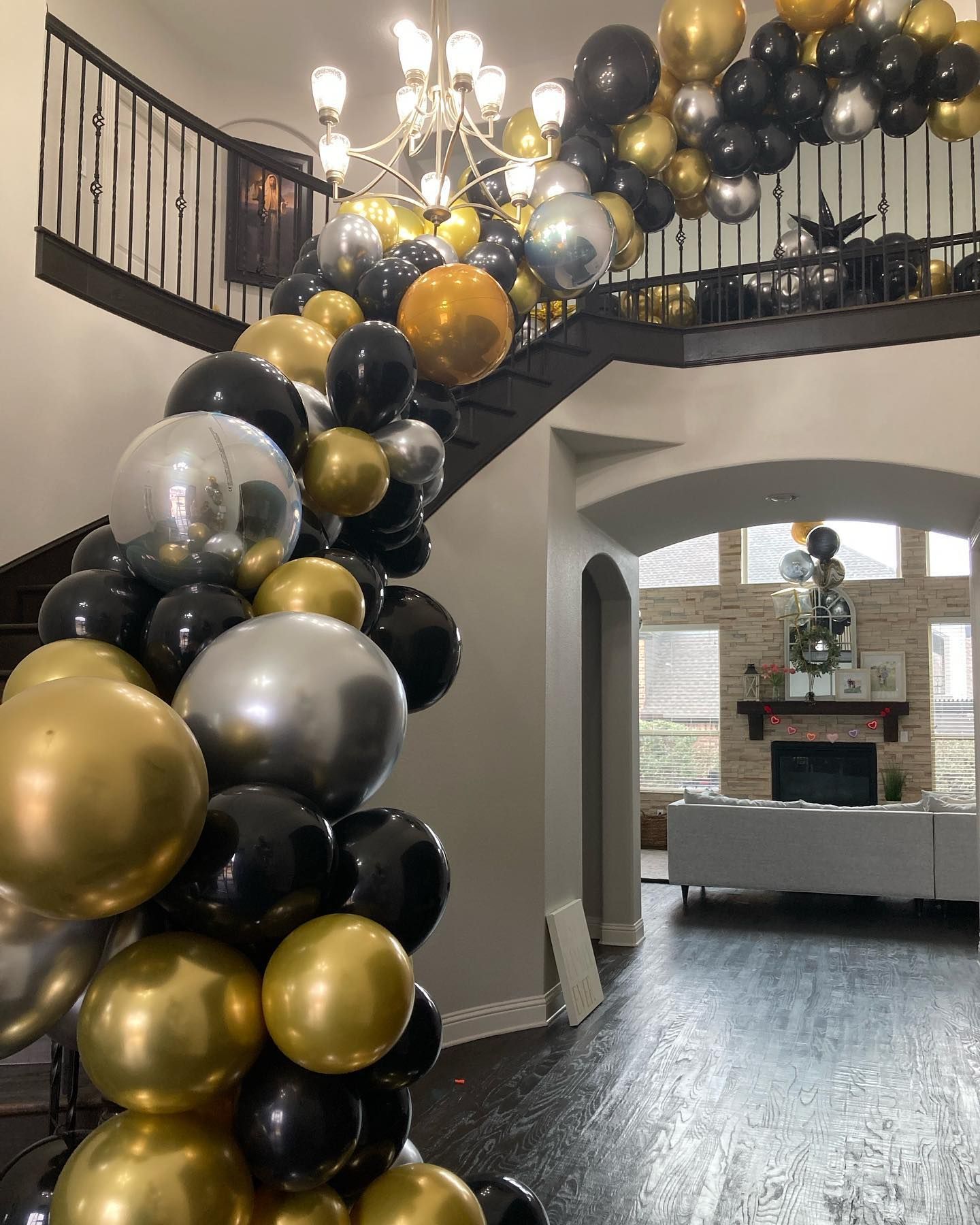September 2, 2025
If there’s one truth about corporate events, it’s that the audience only notices technology when it goes wrong. A projector that won’t talk to a laptop, a keynote mic that cuts out during the big reveal, a livestream that stutters at exactly the wrong moment—none of these are “surprises” to the production team. They’re the predictable fallout of power and AV compatibility checks that were skipped or performed too late. As a corporate event planner, you’re the guardian of the run-of-show, the budget, and the brand moment. The smartest way to protect all three is to move power and compatibility from a day-of scramble to a preemptive, checklist-driven process that starts before you sign a venue or approve an AV quote. This article gives you a cohesive playbook: what to ask, what to verify, and why it matters. You don’t need to become a system engineer—you just need to know where risk hides and how to keep it out of your program. Why Power and Compatibility Sink Shows (and Budgets) Most “AV emergencies” are not emergencies at all; they’re late discoveries. The venue has fewer dedicated circuits than your show needs, so amps share power with catering warmers and the audio hums. The LED wall prefers one resolution while your switcher sends another, so image quality looks soft and the backstage team is forced to re-scale everything in a panic. Wireless mics were never frequency-coordinated for the local broadcast environment, so you fight interference in front of the CEO. The cost of discovering these issues onsite is brutal: rush rentals for extra distribution and cabling, overtime labor, delayed doors, and last-minute compromises that chip away at the experience. The cure is earlier, clearer requirements—and insisting on evidence that the venue and vendors can meet them. Start with a Power Audit—Before You Book The first compatibility check is not in your gear list. It’s in the walls. Power capacity and distribution determine what you can safely run, how you’ll route cable, and how much headroom you have for last-minute additions. When touring a venue or preparing an RFP, ask to speak directly with the venue engineer or house electrician and request documentation rather than general assurances. You want clarity on the available services (120V/208V, single-phase vs. three-phase) and maximum amperage per leg. You need to know the number of truly dedicated 20-amp circuits near your stage and control positions, the locations of panels and tie-in points, and the distance to your loads—because long cable runs create voltage drop, trip hazards, and rigging constraints. Ask for a recent one-line diagram or power schedule and any restrictions on tie-ins or cam-lock connections. Note policies for generators, preferred electrical vendors, and whether union or house rules apply during load-in. Red flags include shared circuits with house lighting or banquet equipment, a lack of dedicated circuits near where you plan to stage, and “we’ll figure it out on the day” attitudes. If the venue can’t speak fluently about its own power infrastructure, assume you’ll be funding additional solutions—or choose a different room. Estimate Your Load Early (and Pad It) You don’t need to calculate to the decimal, but you do need a structured estimate. Ask your AV partner for a simple load sheet that lists each category of equipment—LED walls and processors, projectors, media servers and scalers, powered speakers and subs, amplifiers, lighting fixtures and dimmers, control racks, comms, and computers—with the expected current draw. Sum the total and add at least 20–30% headroom. That margin isn’t a luxury; it’s insurance against heat, cable length, extra devices, and the inevitable “one more” request from a presenter. Pay attention to distribution choices. Small shows may live comfortably on dedicated 20-amp circuits, while larger productions will require three-phase power and cam-lock tie-ins to a distro—always handled by a licensed electrician. For long cable runs, spec larger-gauge cable to keep voltage drop under 5% for sensitive gear. If this feels technical, that’s okay. Your job is to require the plan, not build it. What matters is that a plan exists, it includes headroom, and you see it before you lock anything in. Video: Get Resolutions, Standards, and Cabling Right Incompatibility in video tends to masquerade as “soft” or “laggy” content, but it’s rarely subjective; it’s technical. Lock the show to a native resolution and aspect ratio—1920×1080 at 16:9 remains a safe default unless your LED wall dictates otherwise—and insist that all playback devices, switchers, processors, and displays are configured to this standard. That single decision eliminates a shocking amount of onsite scaling and guesswork. Two words that should appear in your AV quote: EDID and HDCP. EDID (Extended Display Identification Data) tells a source what format a display supports. Your switchers and scalers must manage EDID so your laptops and media servers output exactly what your system expects. HDCP (High-bandwidth Digital Content Protection) can block consumer devices from sending protected content through certain paths. The fix is not to “turn off HDCP”—that isn’t always possible—but to ensure your signal chain is ready for it or to avoid protected sources entirely. Cabling is where otherwise good systems fail. Passive HDMI starts getting dicey over longer runs; for anything beyond roughly 50–75 feet, spec SDI, HDBaseT, or fiber. If you’re mixing LED walls and projectors, align on refresh rates and color pipeline early so the same content doesn’t appear differently across surfaces. Ask the vendor to bench-test a representative laptop and slide deck through the actual signal chain they’ll bring onsite. A two-minute video of that bench test is worth a dozen promises. Audio: Clean Power, Clean Paths, Clean Gain Audio problems can be subtle in rehearsal and catastrophic when the room fills. Ground loops create hum and buzz; mismatched levels cause distortion or weak signals; laptops with consumer outputs inject noise into a professional system. Insist on balanced connections wherever possible and DI boxes for any computer audio. Keep AV circuits electrically separate from house dimmers and catering equipment to avoid interference, and ensure there’s a labeled, dedicated path from playback to console to amplifiers to speakers. Microphone planning deserves the same rigor. Confirm that the console’s phantom power matches the needs of your microphones and DI boxes, and plan for spares: a backup lav and handheld for key presenters, fresh batteries or smart charging, and clear labeling. Gain staging—setting proper levels at each step of the signal path—should be part of the vendor’s line check, but you can set the expectation now: every input and output tested, recorded, and signed off before doors. Wireless/RF: The Invisible Battlefield Wireless spectrum is crowded and highly local. What worked last month in Phoenix may not work tomorrow in Chicago. Your RF plan should include a pre-show spectrum scan for the exact city and venue, with coordinated frequencies assigned to each mic and IEM (in-ear monitor) channel. Remote antennas placed with a clear line of sight to the stage will dramatically reduce dropouts; keep them away from metal truss, LED walls, elevators, and kitchens. Ask for a one-page RF plan that shows assignments, antenna placement, and backup frequency groups already pre-programmed into the receivers. That way, if interference appears during rehearsal, the A1 can move a channel with confidence instead of experimenting while the clock runs. Networking and Show Control: AV Over IP Without Surprises More shows rely on networked audio and video, with protocols like Dante, NDI, and NMOS. That adds flexibility and also new failure modes. Require a basic network plan from your vendor: what gear is on the network, which VLANs segregate traffic, how much bandwidth each stream needs, and how Quality of Service (QoS) is prioritizing clocked audio. If cameras, comms, or beamforming mics use Power over Ethernet (PoE), confirm that the switch’s wattage budget covers all endpoints with headroom. Internet connectivity needs specificity. Don’t accept “hard line available.” Ask for guaranteed uplink and downlink speeds, whether the connection is dedicated or shared, and how the handoff will be delivered at FOH or the control room. For streaming or hybrid sessions, wire everything critical and reserve Wi-Fi for convenience devices, not mission-critical paths. What to Ask the AV Vendor—In Writing Treat the RFP as your first rehearsal. In addition to gear counts and day rates, request the documents that actually predict success: a power load sheet with per-circuit assignments and headroom; an I/O map for audio and video that shows the signal path from source to destination; an RF coordination plan with antenna locations; and a network diagram with IP ranges, VLANs, and PoE budgets. Ask who the lead engineer will be onsite, whether they coordinate directly with house electricians, and how after-hours support works if something fails during a long show day. Testing commitments matter. Require that they bench-test representative laptops (both Mac and PC) with your content through the planned switcher and processors, verify EDID/HDCP behavior, and capture a quick video showing successful routing. It’s a small step that reveals big issues while you still have time to fix them. The Tech Site Visit: Verify with Your Own Eyes When possible, do a site visit with your lead engineer. Walk power from the panel to the stage and control positions. Measure cable paths and identify where you’ll need ramps. Confirm ceiling rigging points and projector throw distances so you’re not forced into extreme keystone correction. Check where remote antennas can live with clean line of sight. Snap photos of panel labels, input plates, and any house AV devices you might need to integrate. The goal is to remove mystery: fewer “we’ll see when we get there” moments, more “we already planned for this.” Load-In and Power-Up: A Calm, Predictable Sequence Chaos at load-in is not inevitable. A defined power-up sequence protects gear, reduces troubleshooting, and sets the tone for the crew. Your production timeline should include a simple order: power distribution first, then network core and comms, then audio, video, LED/lighting, and finally computers and playback devices. That sequence avoids booting sensitive gear into unstable power or network states. Follow with a disciplined line check. For audio, every input and output is verified at show level, with the record bus and stream bus checked separately if you’re capturing or broadcasting. For video, every source is routed to every destination at least once, and what the audience will see is confirmed at the screen—not just at the multiviewer. Label everything: circuits, cables, ports, and cases. Clear labeling turns troubleshooting from guesswork into a fast, rule-out process. Risk Management and Redundancy: Build It In, Not On Redundancy doesn’t mean duplicating the entire show. It means identifying single points of failure and giving yourself a Plan B. Protect control racks, recorders, and streaming encoders with UPS units sized for realistic runtimes, not just graceful shutdowns. If your event depends on projection or an LED wall, ensure cooling and ventilation plans for processors and racks; heat is the silent killer of uptime. For outdoor or high-draw events, determine whether a generator is required and who is responsible for fuel, grounding, and load balancing. Have a failover plan for critical content: a backup playback laptop with mirrored media, a secondary program feed ready to take air, spare wireless frequencies, and a means to convert or adapt signals if a particular connector fails. You’re not preparing for everything, just for the most likely somethings. Budgeting and Trade-Offs: Spend Where It Saves You Production budgets are about choices, and not all choices reduce risk equally. Dollars that buy you reliability—quality scalers and switchers with proper EDID/HDCP handling, robust RF systems with coordinated frequencies, properly engineered power distribution and UPS units, and an extra hour of crew time dedicated to testing—produce outsized returns in show quality and peace of mind. Meanwhile, renting every possible adapter and converter might feel safe but pales in comparison to getting the core system right. Consider a standing contingency line as a percentage of the AV total to absorb onsite changes without derailing approvals. Decide early when to rent specialty adapters versus purchasing a small kit that travels with your team. In short: invest in the boring infrastructure. It’s where shows succeed. Make It Real with Templates and Checklists Your process is only as strong as the habits you repeat. A few simple templates—requested from your vendor or created in-house—turn good intentions into consistent outcomes. A power/load sheet that includes a headroom column, an I/O map for both audio and video, an RF coordination checklist with assigned backups, a basic network/VLAN plan, and a site-visit photo checklist will keep your team aligned and your vendors honest. Build these into your standard RFP and pre-production flow so every show starts on the front foot. The Bottom Line Corporate events succeed when they feel effortless for the audience and the presenters. That effortless feeling is produced by early, specific choices: auditing venue power before you book, locking video standards and cable strategies, planning clean audio paths and coordinated RF, giving AV over IP the network it needs, and rehearsing your power-up and line checks on paper before you ever roll a road case. None of this requires you to become a tech. It requires you to lead the process, demand transparency, and prioritize the parts of the system that keep everything else standing. If you take one step today, add a power and AV pre-check to your venue and vendor selection process. Ask for the documents that prove the plan, and insist on a quick bench test video that shows your content traveling the same path it will take on show day. Do that, and you’ll eliminate most of the “surprises” your team has learned to dread. When you’re ready to go deeper, standardize your templates and run a pre-site power and compatibility consult before you sign the venue or AV contract. Your future self—and your presenters—will thank you when the opening slide lands crisp, the mic is clear, and the only thing your audience notices is the message you worked so hard to deliver.




